
The Transatlantic Patriot Summit took place on 27 April, co-hosted by the Danube Institute and a number of international conservative youth organizations. The distinguished speakers covered a wide array of topics, including the left’s control over mainstream media in many countries, mass migration, and the upcoming elections in Europe and the United States.
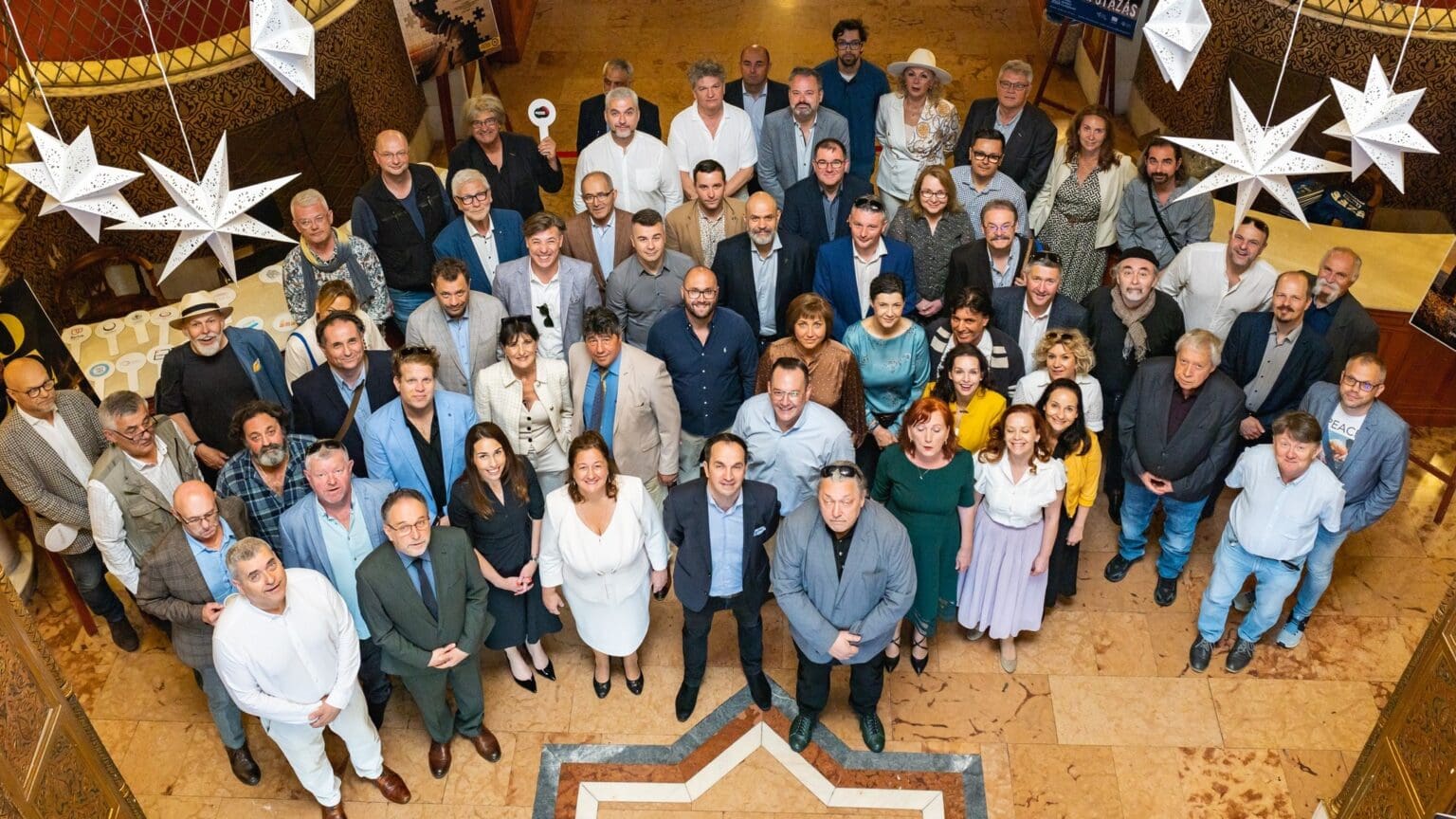
The Hungarian Theatre Society (MTT) admitted the Szabadka National Theatre and the Viharsarok Dance Theatre into its ranks, increasing its membership to 90. The assembly approved the society’s 2023 balance sheet report and the 2024 budget.
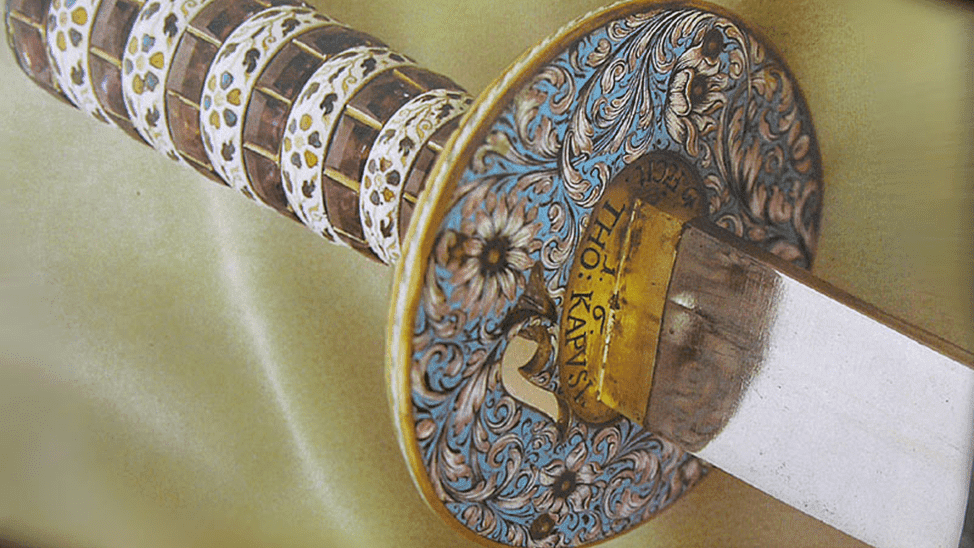
While except for a few known pieces of the puzzle the story of the sword and its origins remain obscure, the Transylvanian Samurai sword of Thomas Kapustran is certainly a manifestation of the complexity and richness of Hungarian history. Despite being torn apart by two empires and enduring a century of wars, Transylvania still held a remarkable position in the world. So significant was its influence, grandeur, and civilizational level that it could procure luxury goods from distant and isolated lands like Japan.

Professor Gottfried sat down for an insightful, two-hour discussion with host Meg Hansen of the Danube Institute, in which they covered topics such as the different branches of American conservatism, the current state of the political right in the United States, and ‘paleoconservatism’, a term coined by Professor Gottfried himself.
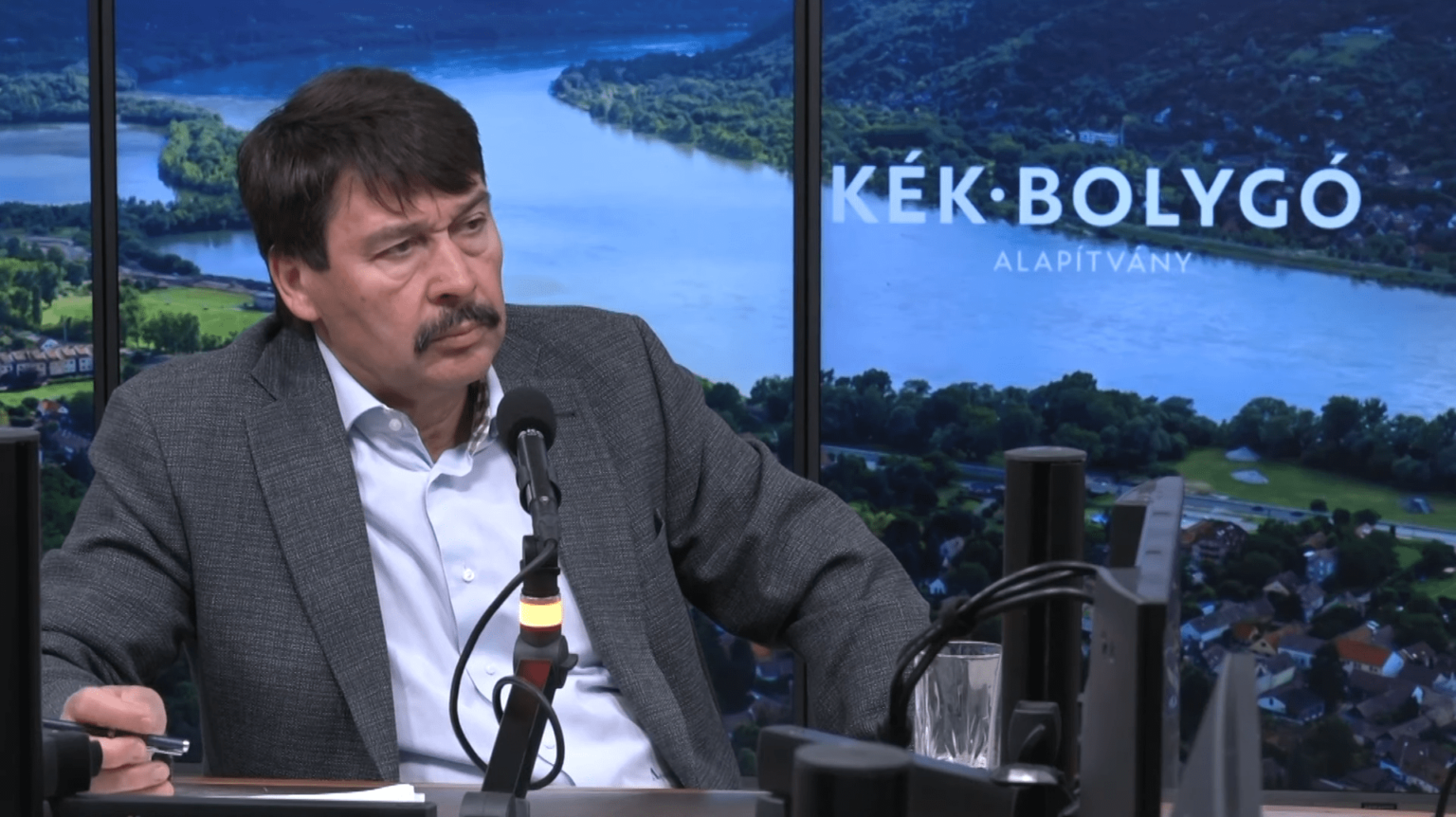
Former President János Áder spoke about his podcast initiative, the Blue Planet podcast, emphasizing the need to address environmental concerns. He explained that when launching the podcast in October 2020 his aim was to reach as many people as possible, especially the youth, with discussions on sustainability and solutions to environmental issues.

There are 3.13 million mothers in Hungary who have given birth to a total of 6.22 million children during their lifetime, meaning that Hungarian mothers have two children on average. Since the early 2000s, about three-quarters of adult women are mothers. Compared to 2011, the average number of children in the 20–35 age group has increased slightly (from 1.67 to 1.72), while among mothers aged 45–49 there are now 10,000 more large families, i.e. those with three or more children, than in 2011.

Azerbaijan has the potential to become one of the major natural gas suppliers to Hungary if the current determination to increase import volumes continues. However, the bilateral relations between the two countries extend beyond natural gas exports and are characterized by an enhanced strategic partnership. Given the commitment to construct an undersea high-voltage power line through the Black Sea, Azerbaijan could also become a key exporter of renewable energy to Hungary. On 1 May 2024 Azerbaijan, Kazakhstan, and Uzbekistan, ahead of the Tashkent International Investment Forum, reached an agreement to construct a similar high-voltage undersea power line through the Caspian Sea.
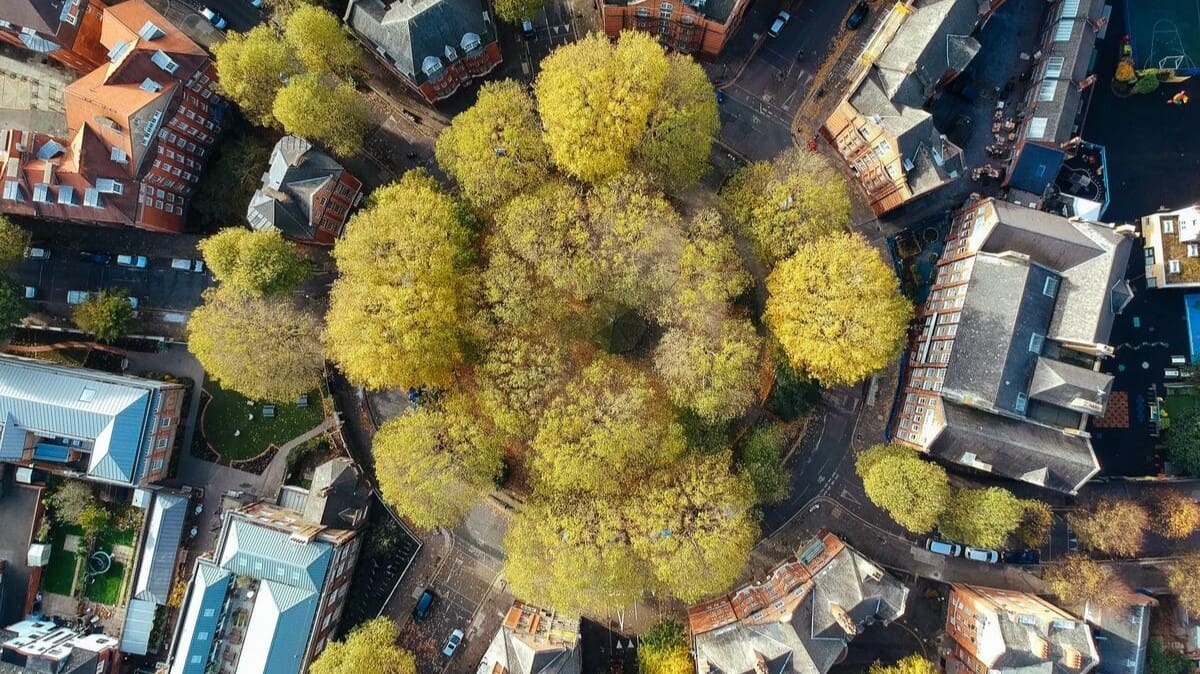
In Stockholm, the old, not very nature-friendly method of planting trees was abandoned about a decade ago, and since then, tree-planting projects have been constantly looking to support urban trees and thus all other organisms—including humans—with a more complex but in many ways more rewarding solution.
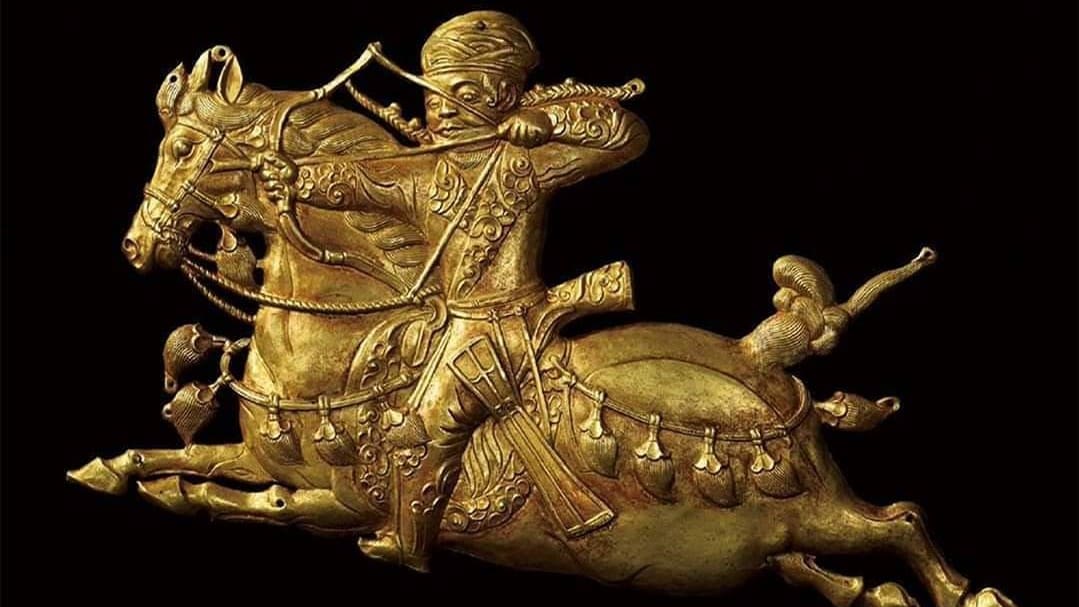
The Hungarian and Turkic people (or rather, peoples) are connected in many cultural and even genetic ways. The Byzantine emperor Constantine VII Porphyrogenitus called the Hungarian conquerors ‘Turks’, and the sons of the House of Árpád (Turul gens in medieval Hungarian sources) were later called ‘Princes of Turkey’ by the Byzantines. In the origin myth of the Hungarian royal dynasty, the ‘Turul bird’ is also of Turkish origin, as the symbol of the Sky and of the supreme God of Turkish myths, where it appears as toġrïl or toğrul.
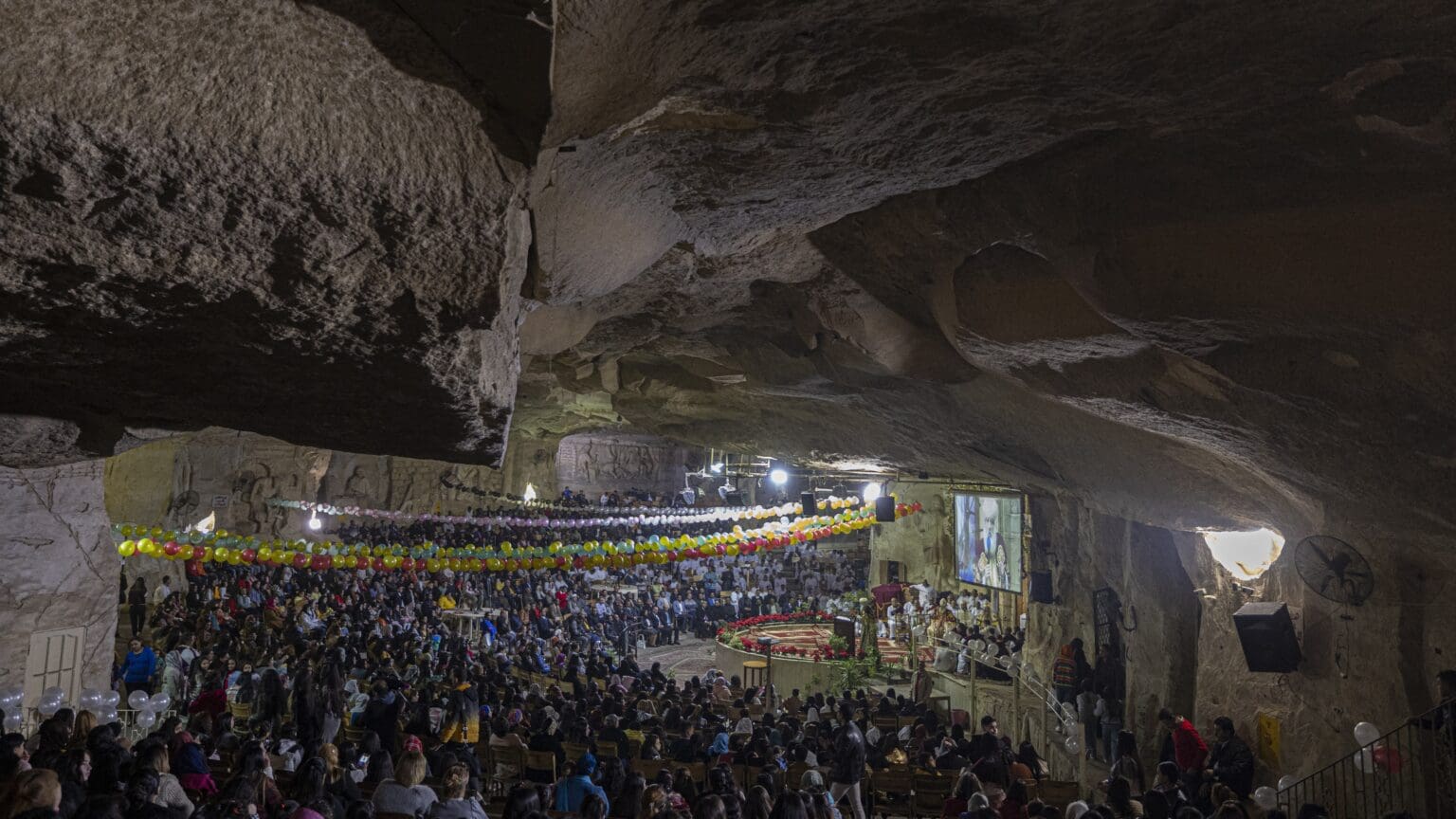
‘Rather than an extremist group exploiting a social media platform to recruit vulnerable people, what took place last week appears to be quite the opposite. Decentralized local communities, far from governmental reach, are utilizing social media platforms to hype themselves up into a state where riotous violence becomes a necessary consequence. The ultimate conclusion to this sad series of events is that Egypt, as a centralized authority, is struggling to monitor these autonomous decentralized social media groups, and therefore these “Islamic vigilantism” incidents may continue to occur.’

During the Eta Aquariids meteor shower the observed meteors are of outstanding velocity, as they arrive at an extremely high speed of approximately 66 km/s and abruptly decelerate upon entering the Earth’s atmosphere. This year, the shower will reach its peak early Sunday morning (GMT+2).
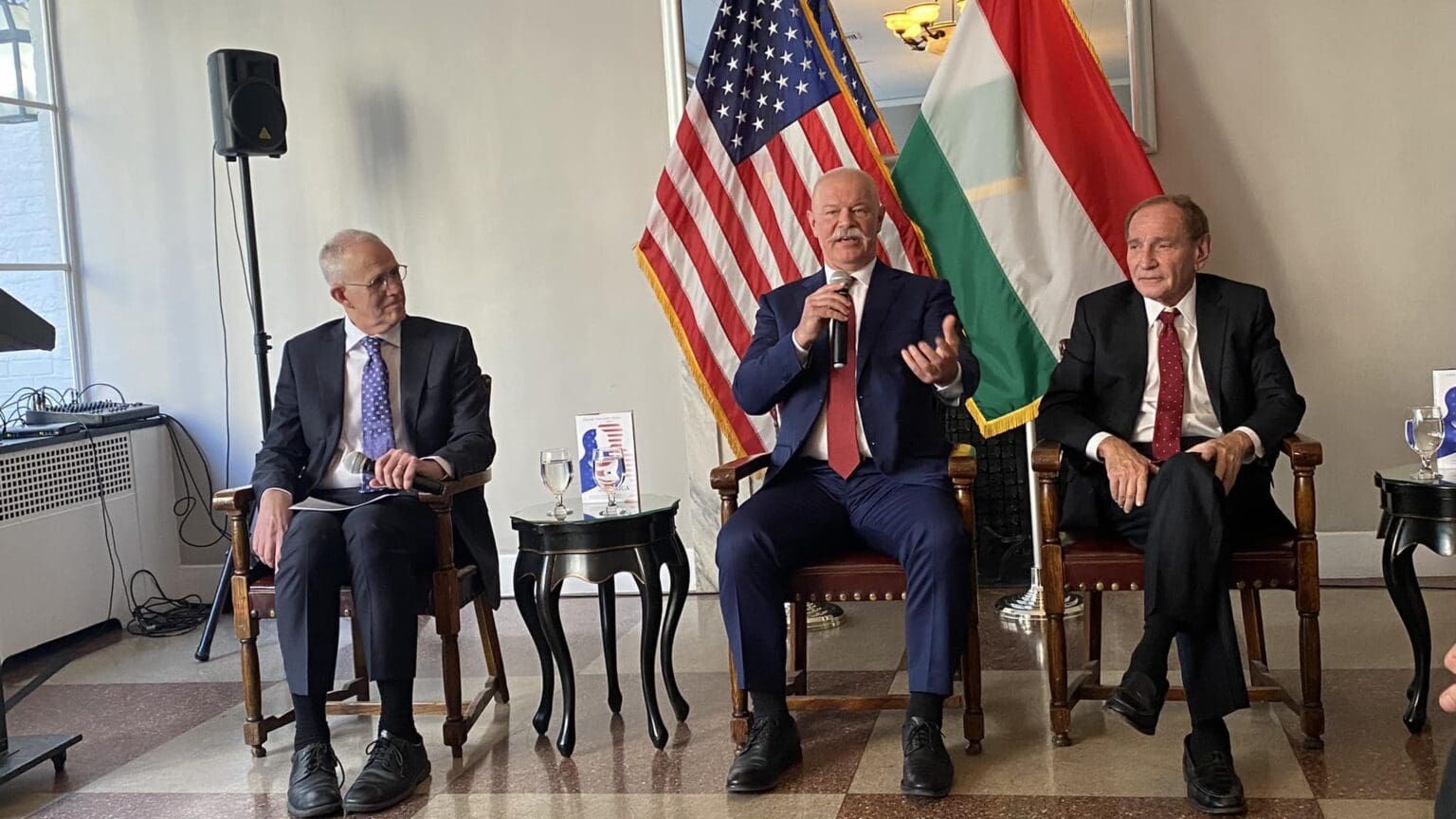
President of the publishing company Angelico Press John Riess expressed his hope that many American readers would find János Csák’s recent book The Genius of America a fresh take on the U.S., stating: ‘We’re always being exhorted to have an honest conversation about the issues of race or gender or privilege. So, let’s also have one about the country itself, what it meant to our ancestors and what it might still mean to us. Read The Genius of America, comment, argue, discuss, contend, debate. That is, at least I hope, still the American way.’

It was an initiative where expert breeding and handling on three different continents that made this incredible success possible. Cudar, the third-placed Kuvasz, was bred in Brazil, with a Hungarian heart. Now living in America, it came back to Europe to demonstrate to the world the beauty, values and power of this incredible Hungarian breed.
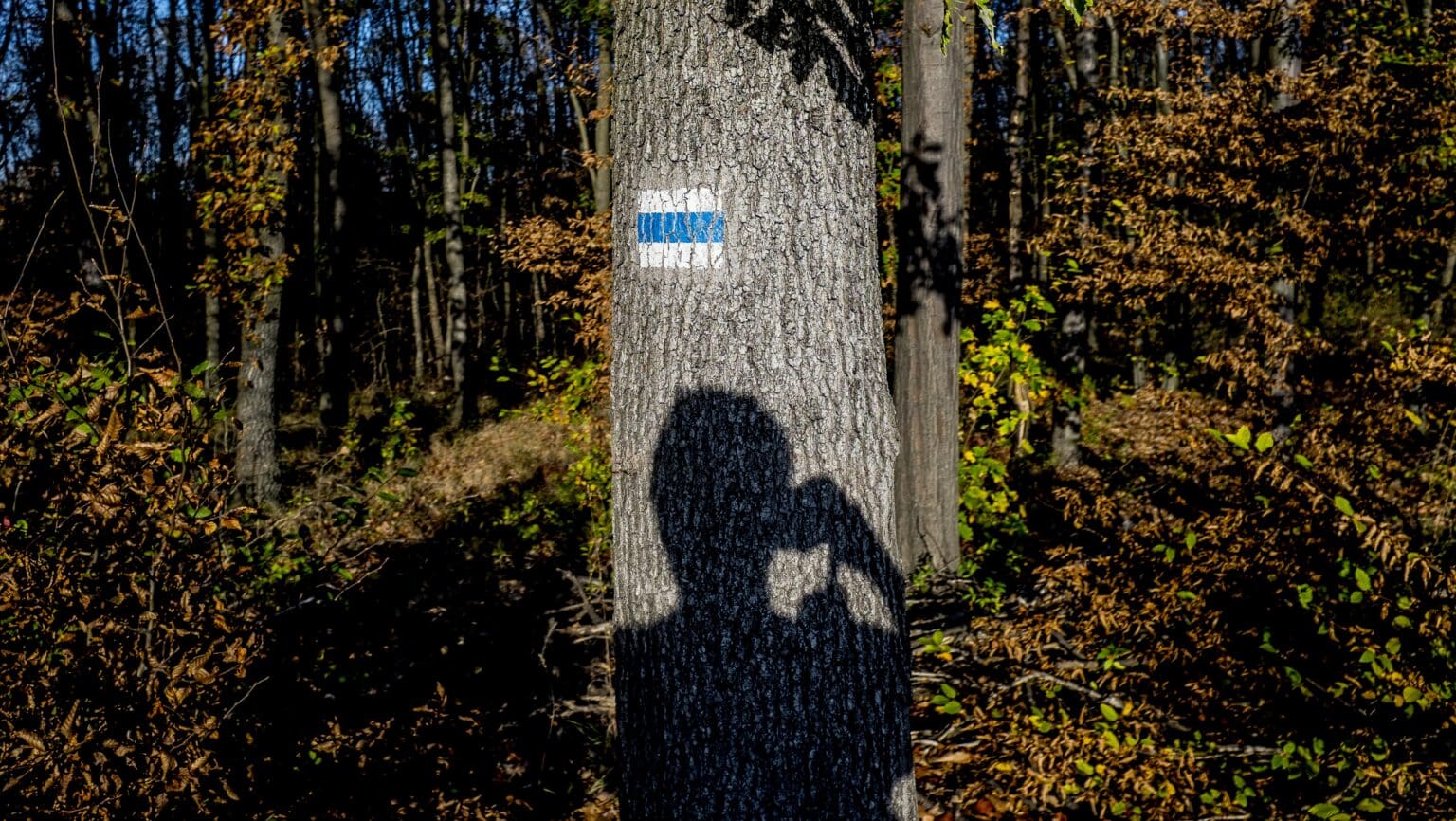
Standing at sunrise on a rocky lookout point on the Gerecse mountain, listening to the babel of birds singing in the Bakony, reaching a small village in Zemplén at noon bell, or chatting with the locals in one of the village shops, an oasis for the weary wanderer; all of this enrich the National Blue Trail experience with something that is beyond the idea of an obvious inner journey, offering also a reinterpretation of the concept of homeland.

Is 1 May is a communist holiday, a Catholic feast, a folk tradition, or a universal celebration of labour? Whichever way we look at it, what is certain is that all those who work deserve respect and a break from work on a beautiful spring day.

‘Colonel Buskila explained that ‘‘there were two waves of the attack: in the first, there were the 2500 terrorists who infiltrated Israel and then in the second wave hundreds, maybe one thousand Gazan civilians took advantage of the fact that their border was open and rushed into Israel with knives just to kill people and steal.’’ Colonel Buskila added that these Gazans didn’t spare anything, and after they killed Israeli civilians in the kibbutzim, they stole everything, even the batteries, from those Israeli civilians’ cars whom they murdered.’
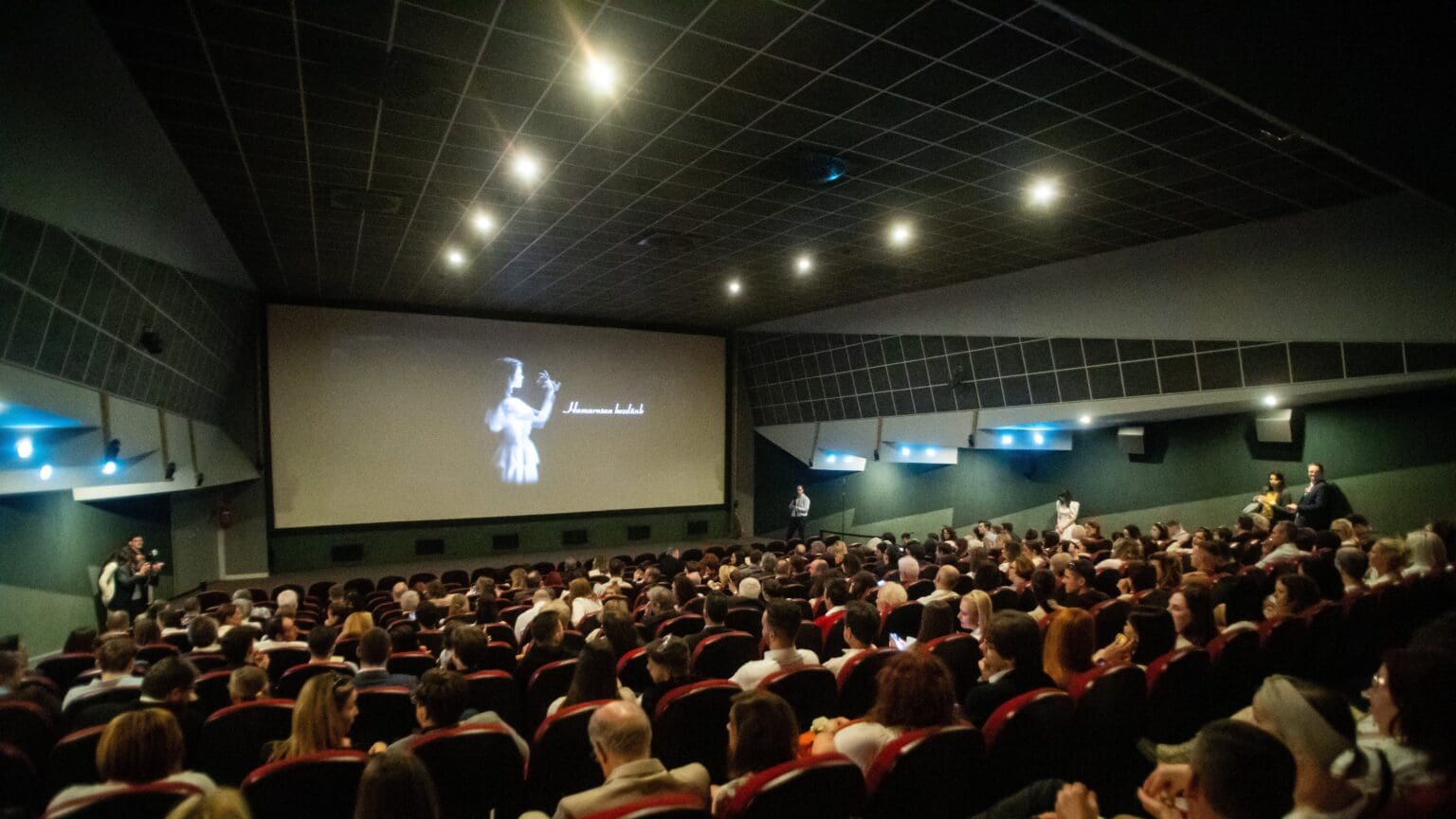
More than a hundred Hungarian films will be available on nineteen television channels, rarely seen Hungarian films will be screened in cinemas, and almost all streaming platforms available in Hungary will join the celebration of Hungarian film starting on 29 April, the National Film Institute announced.
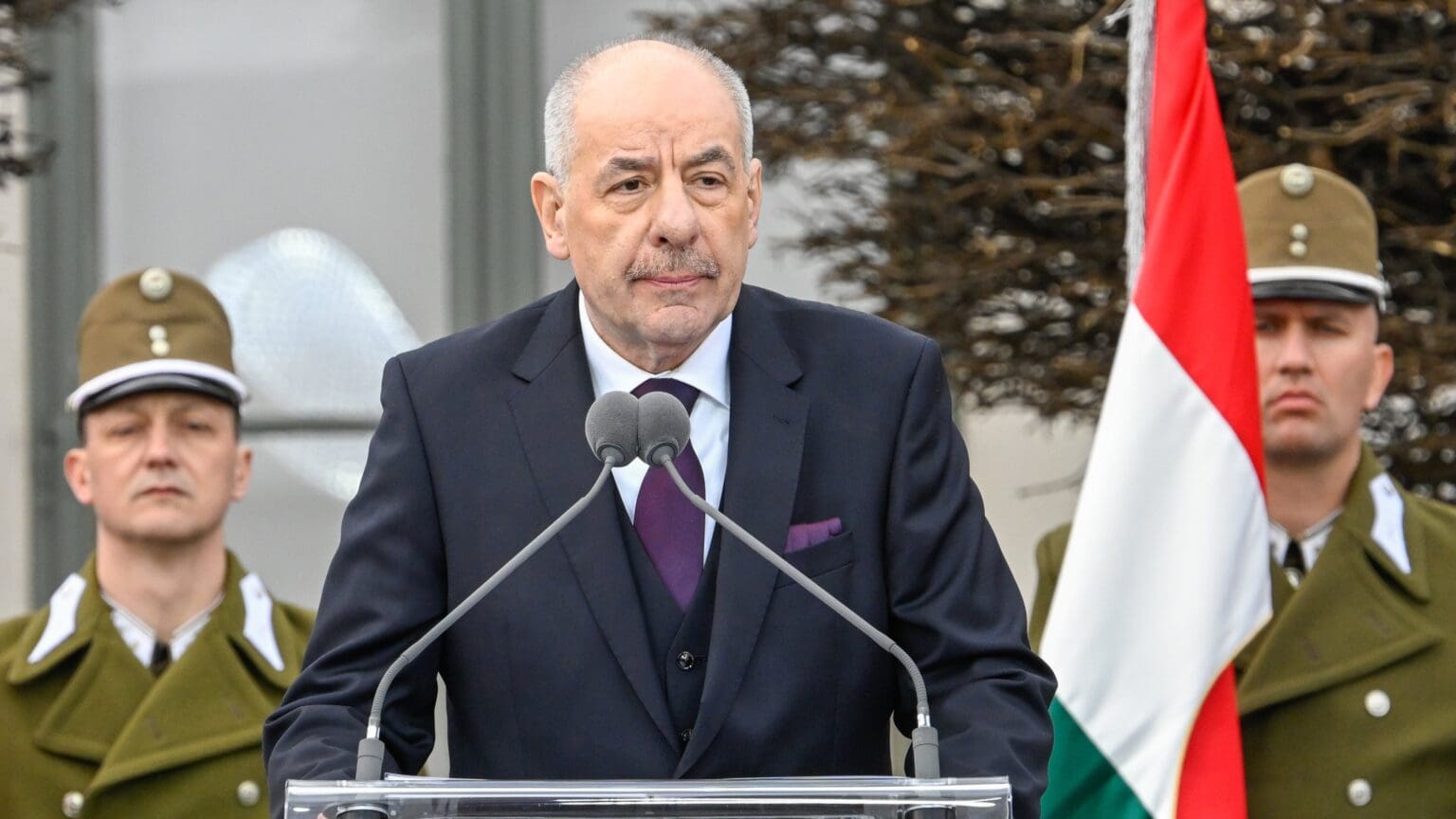
‘The approach advocated for by Tamás Sulyok is not the reverse of the European Court of Justice’s primacy over national constitutional courts. Contrary to the view of some misguided alarmists, Sulyok did not argue for the unquestionable primacy of the Hungarian interpretation of national constitutions over the European. In fact, in Tamás Sulyok’s view, the relations between the two does not have to be hierarchical at all, with one having the ultimate interpretative power with regards to the constitutions of the EU member states.’
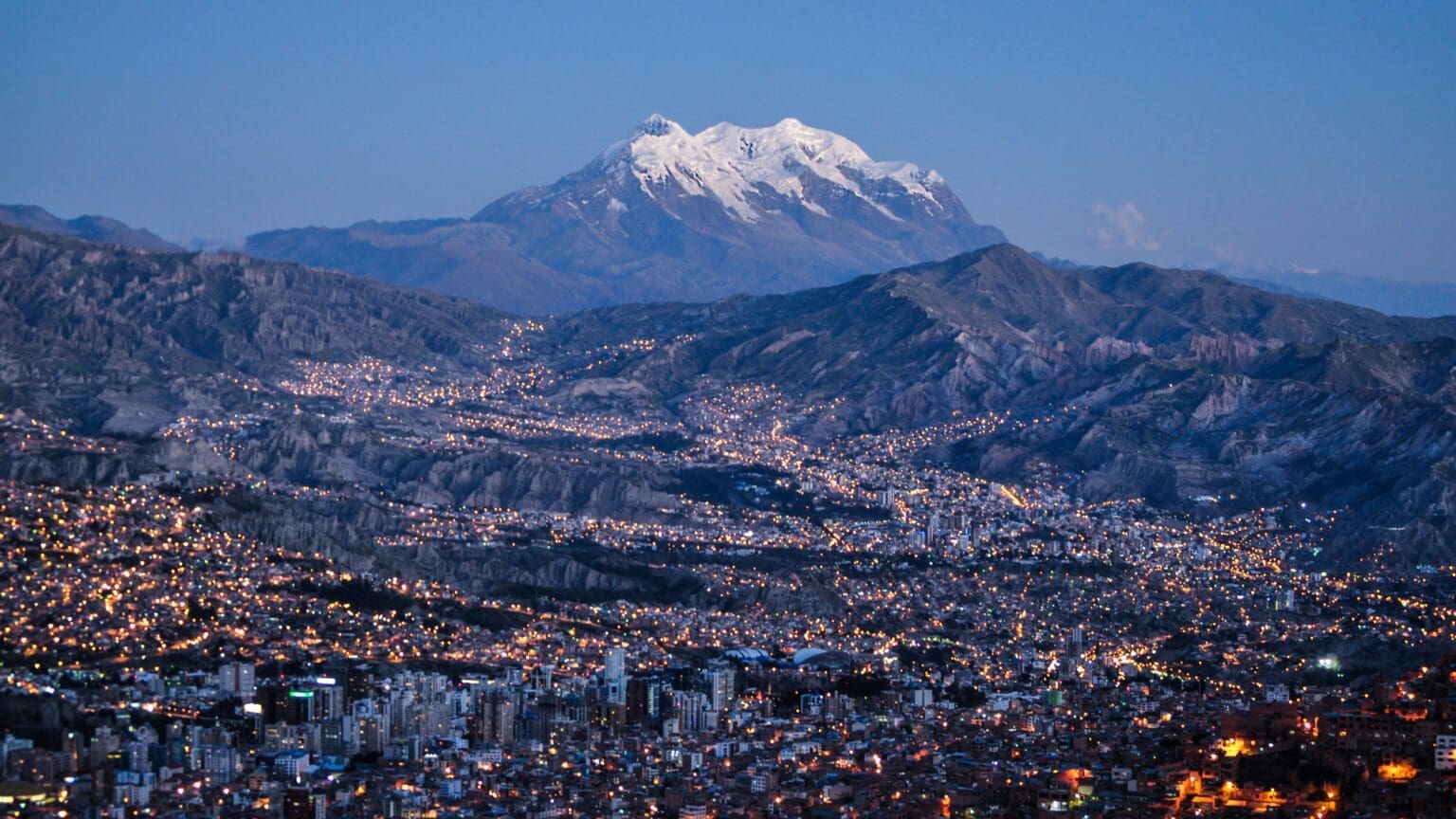
Refugee groups started trickling in after the catastrophic defeat of the Austro–Hungarian empire in the First World War and the dismembering of the historical Hungarian Kingdom, resulting in the loss of many ethnically Hungarian territories for Hungary. The destruction of the war and the discriminative policies of the new states prompted many Hungarians to seek a better life beyond the sea. Latin America soon became an important emigration target, as the United States started to severely restrict immigration from Eastern Europe in the 1920s.
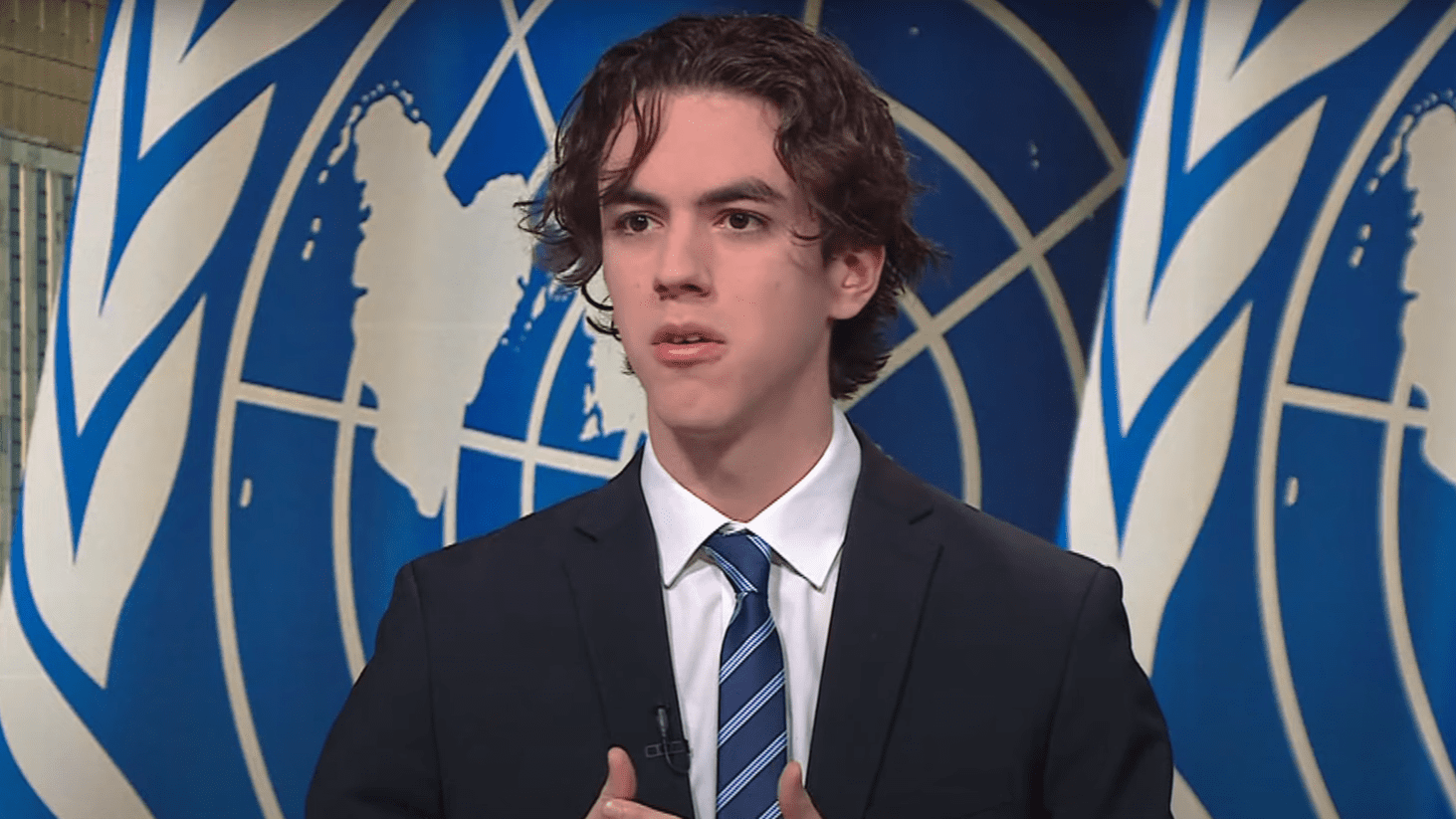
Boldizsár Nagy told M1 that the competitors were given a predetermined topic: the protection of civilians in an armed conflict and the role of youth in matters of peace and security.
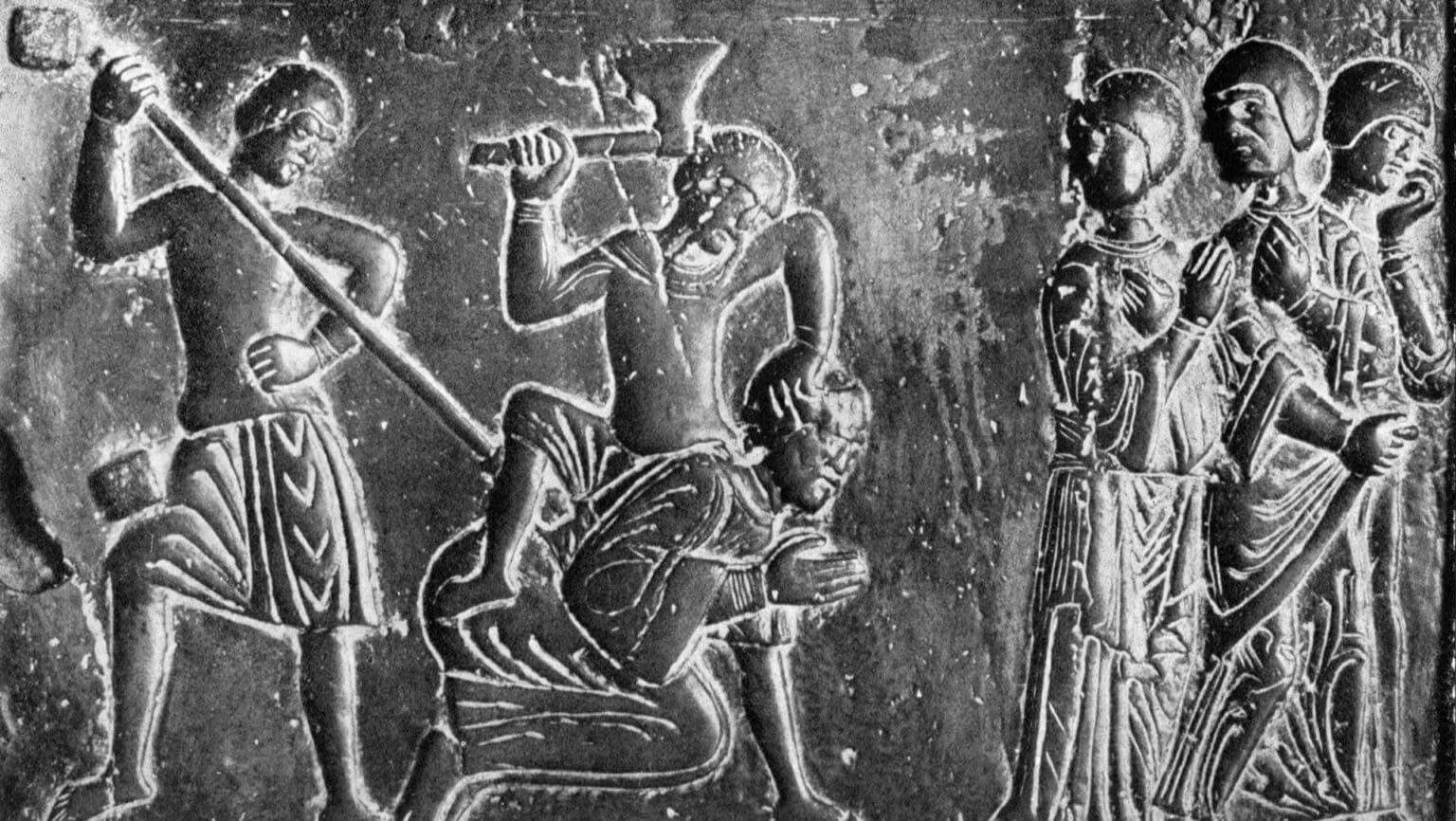
Politics permeated St Adalbert’s tragic life as much as the birth of the then-nascent and emerging states of Poland, Bohemia, and Hungary. That is the way Adalbert became the patron saint of all three Central and Eastern European Kingdoms, helping them to preserve their independence and join medieval Europe as autonomous Christian communities.
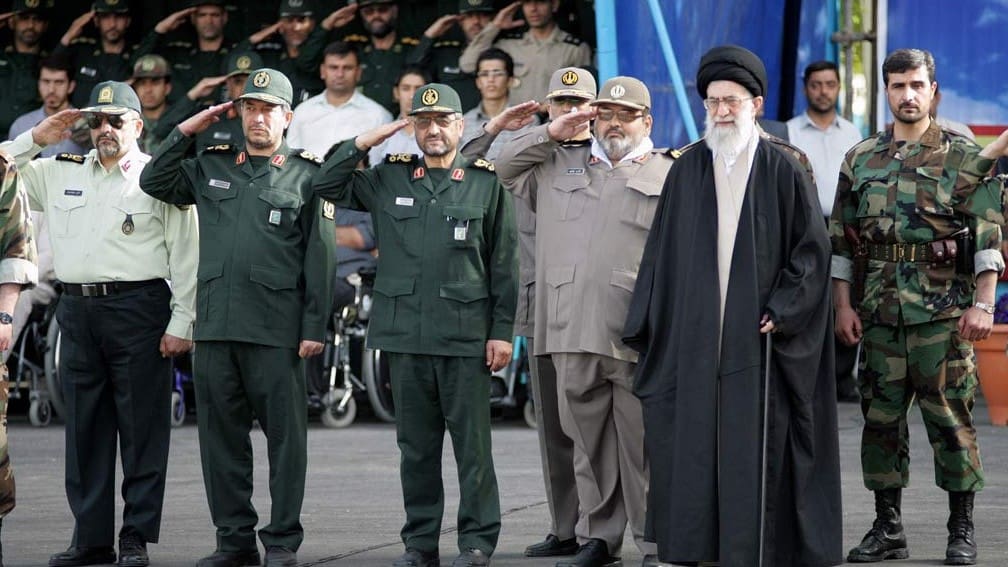
Shi’ism, as a branch of Islam, evolved through a Gnostic approach to God (i.e., having an intimate knowledge and spirituality with Allah and acknowledging a hierarchy of angels). Shi’ites, who are seen as heretical by Sunnis, believe that we have free will, are responsible for our own actions, and are called to conduct ourselves according to the design of Allah’s justice, which is revealed through a series of signs, the most important being prophecy and the guidance of the imams.
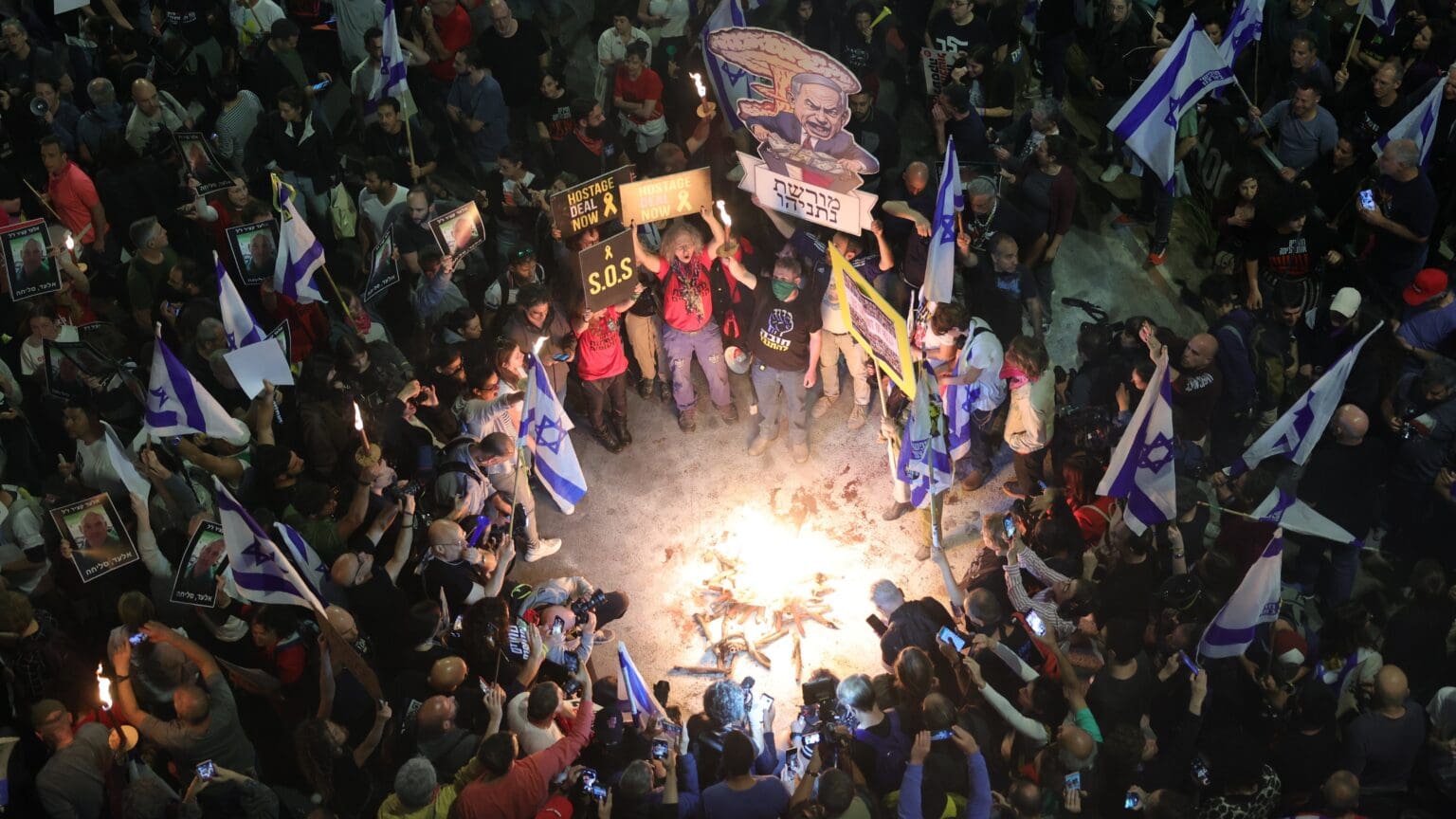
In the latest episodes of the Danube Institute’s podcast co-chair of the Israeli Sovereignty Movement Nadia Matar spoke about the nature of radical Islamist terrorism. To demonstrate her point, she showed a flag from the city of Bethlehem with the Arabic phrase ‘We will murder Jews on Saturdays and we will murder Christians on Sundays’ written on it.
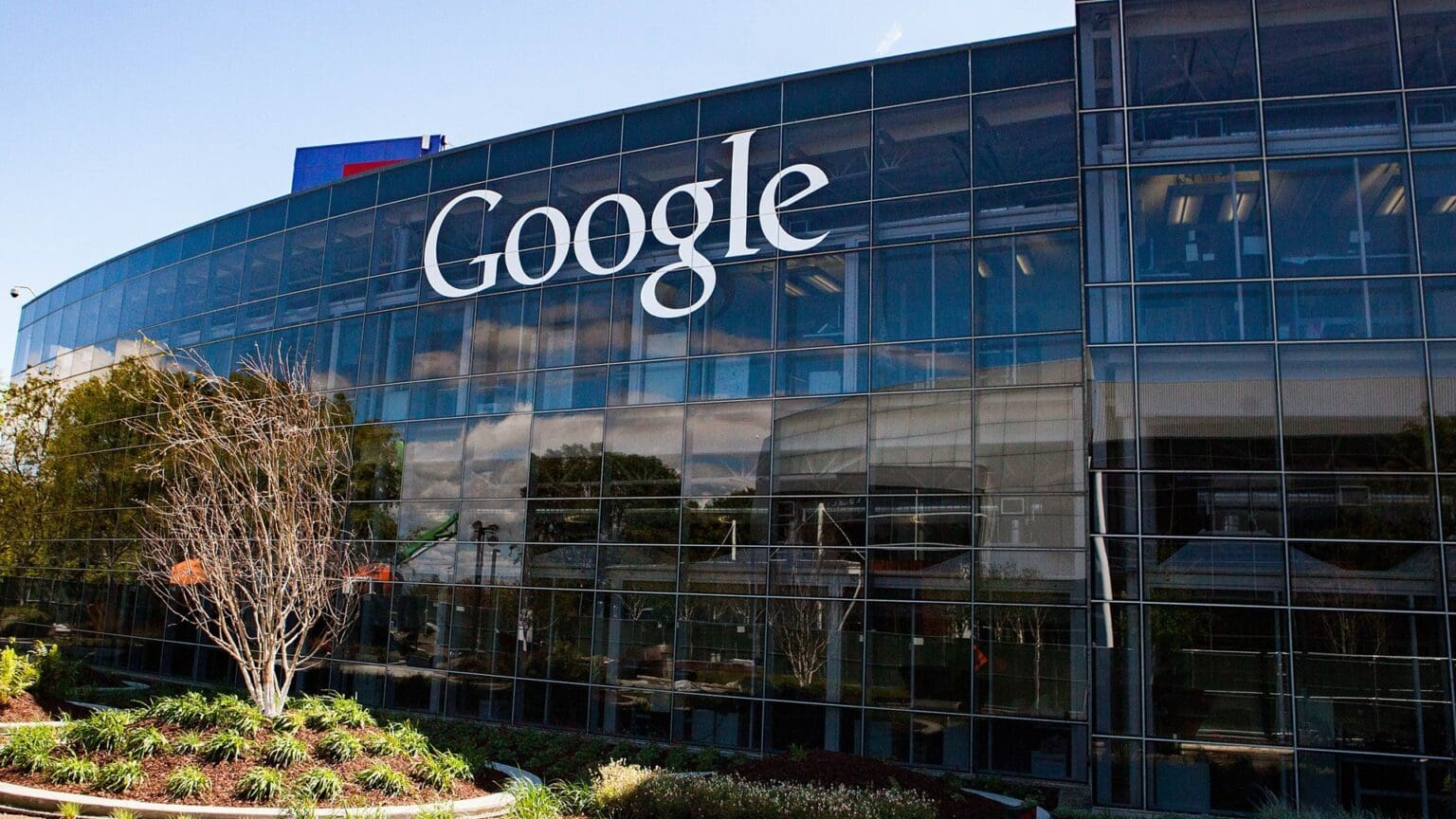
The former Head of Child safety lost her job at the tech giant for taking part in a sit-in protest against Google doing business with the Israeli government. However, a subsequent search into her social media history uncovered that she has also had very strange opinions on sexual assault.
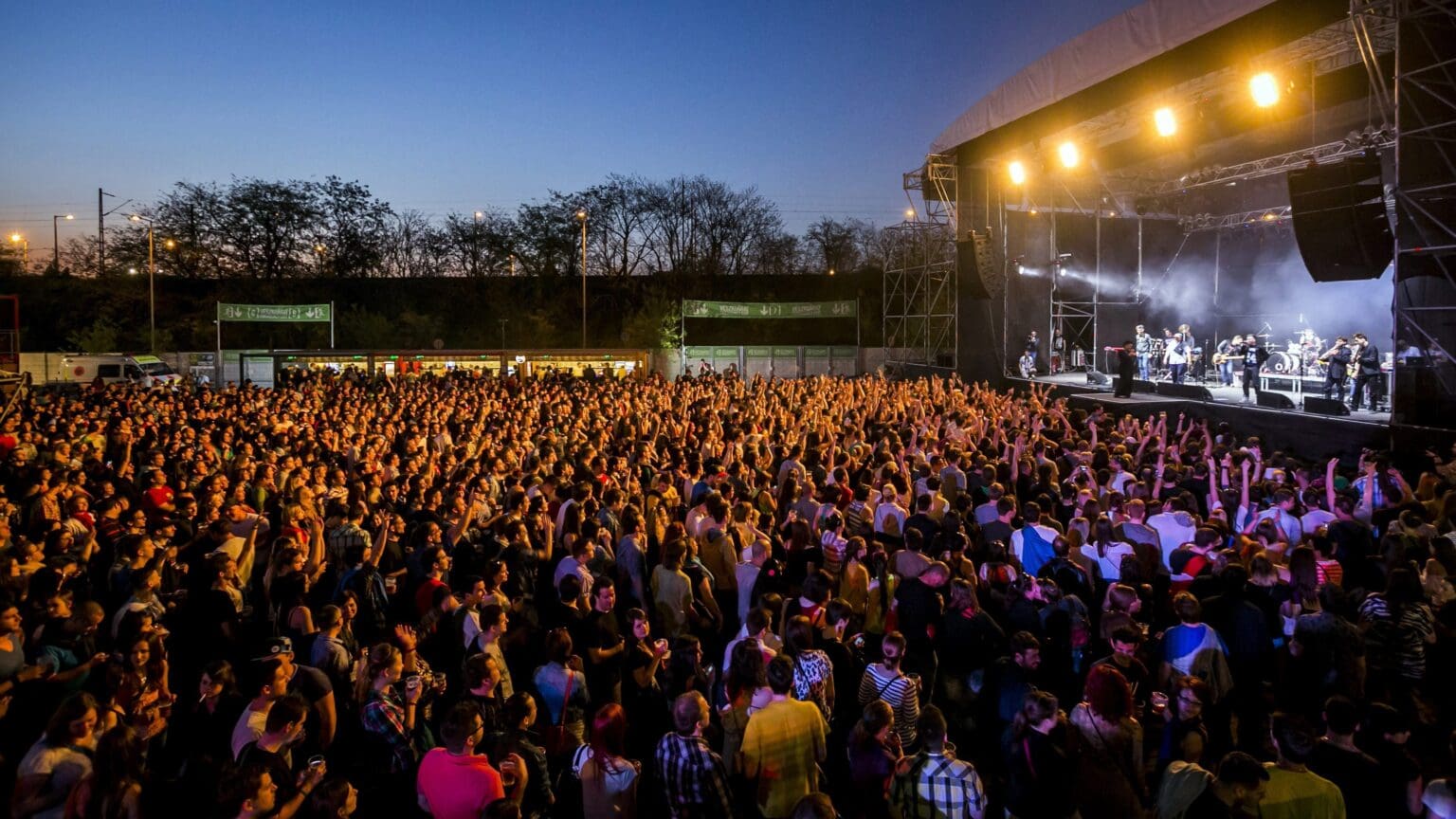
Among others, Tom Morello (Rage Against The Machine), Parov Stelar, Thievery Corporation, Yungblud, Body Count featuring Ice-T, Take That, Scooter, Bring Me The Horizon, Carl Cox, Rise Against, and Thomas Anders are featured in the Budapest Park’s lineup this year.
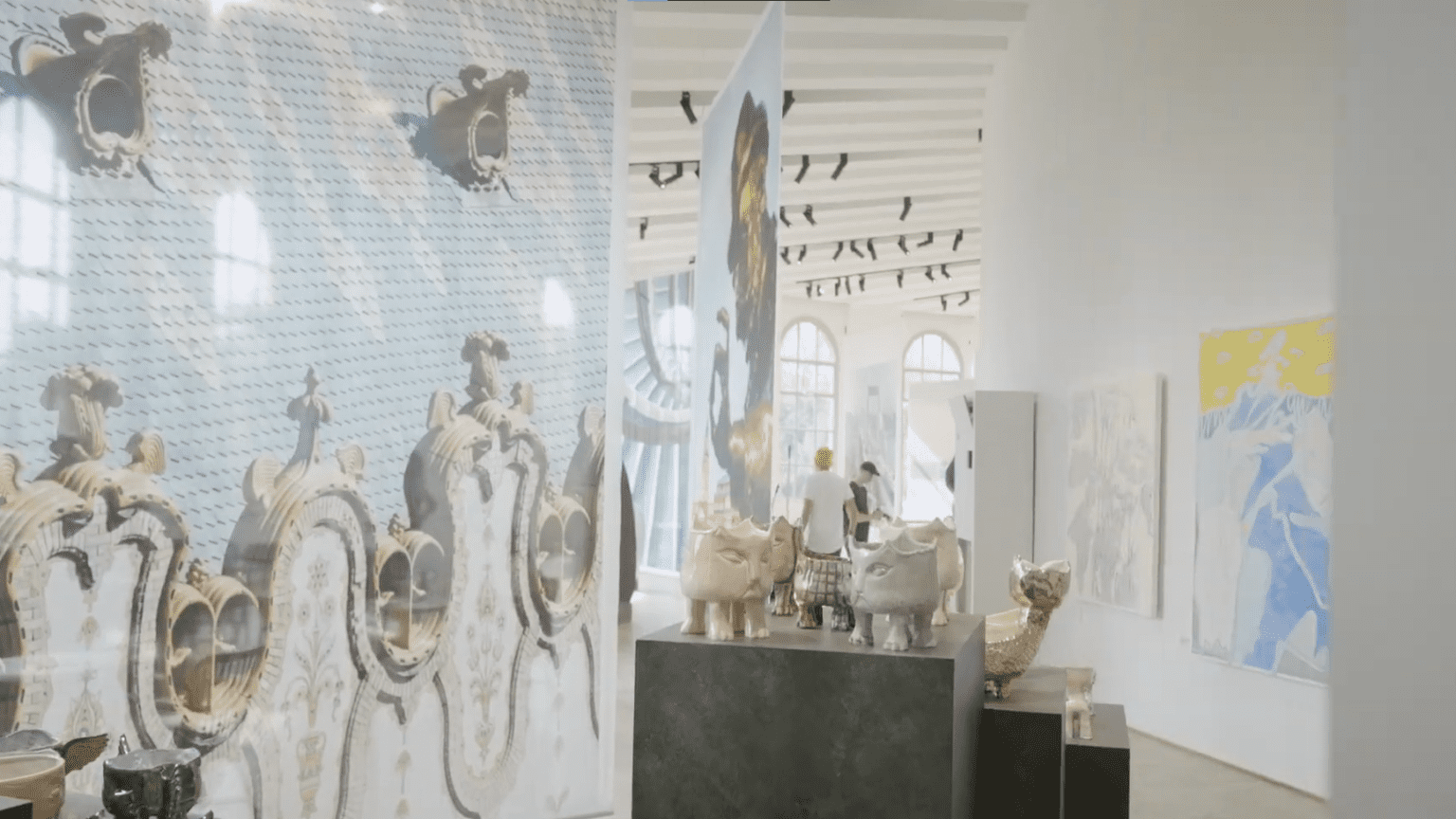
An independent exhibition focusing on Hungarian design was presented at one of the world’s largest design events, Milan Design Week, at the Triennale Milano Museum building earlier this week.

‘On average, women hold one third of managerial positions in the EU. In Hungary, the figure has been 39–40 per cent since 2010, and although it dropped a little during the COVID-19 pandemic, we are still among the top member states. ILO, the UN’s labour organization, also has a rate for senior and middle management positions in its databases, which is also above 35 per cent in Hungary.’
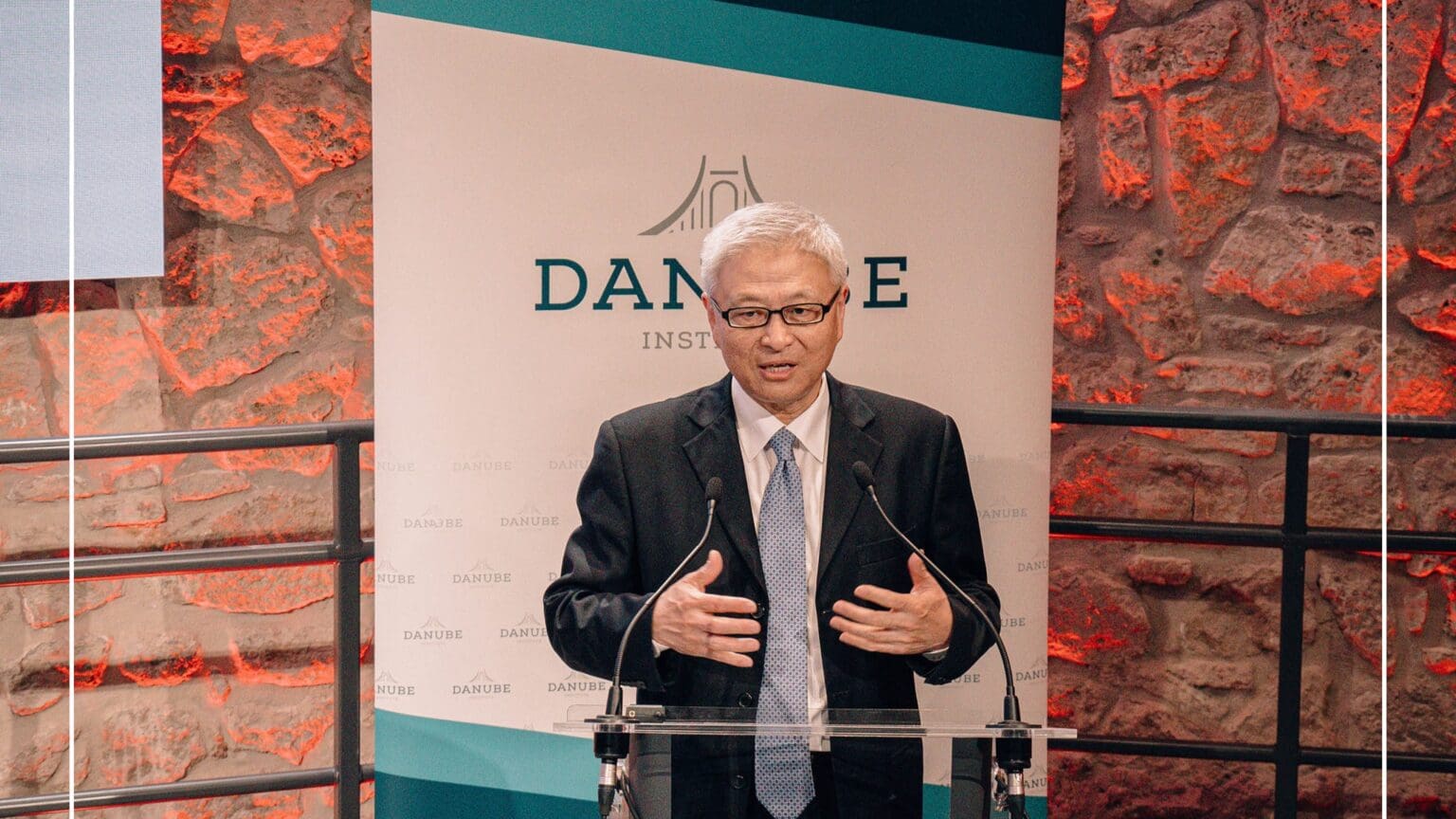
The Chinese scholar observed that whereas technological advancement—from the telegraph and 5G or from the industrial revolution to the digital age—progresses linearly, global politics exhibits ‘retrogressive’ dynamics or regression. The First World War was a regression in comparison to the calm times of before it began; the interwar years were a period of growth, while the Second World War was also a regression. In his view, the current era also represents a step backwards.
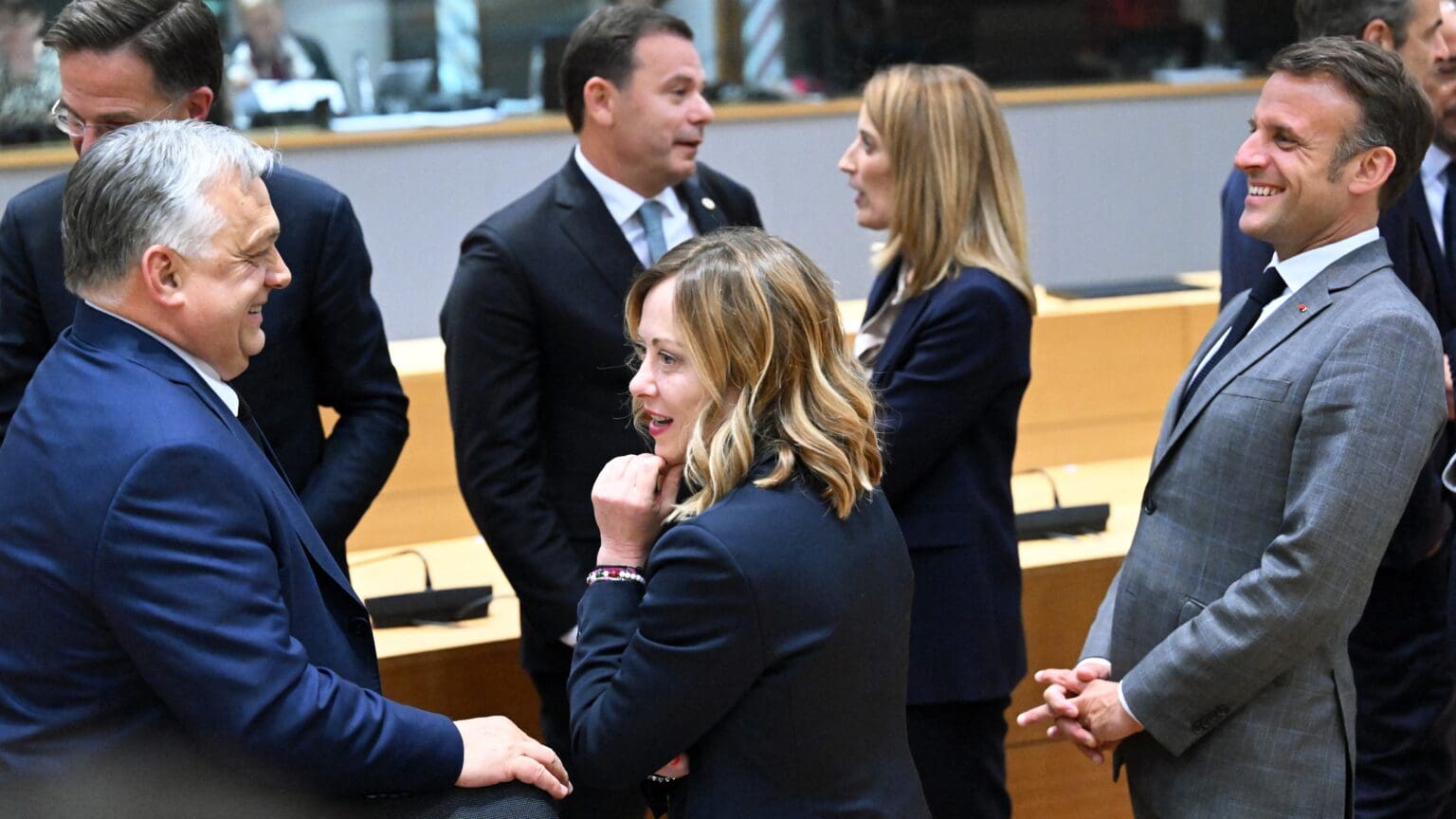
While one might envision the European right as a cohesive entity, significant differences exist between the two prominent EP political groups, ECR and ID, particularly on crucial issues such as the war in Ukraine. As the summer EP elections draw nearer, the pressing question revolves around whether and how the conservative forces across the continent can be unified in the new parliament.
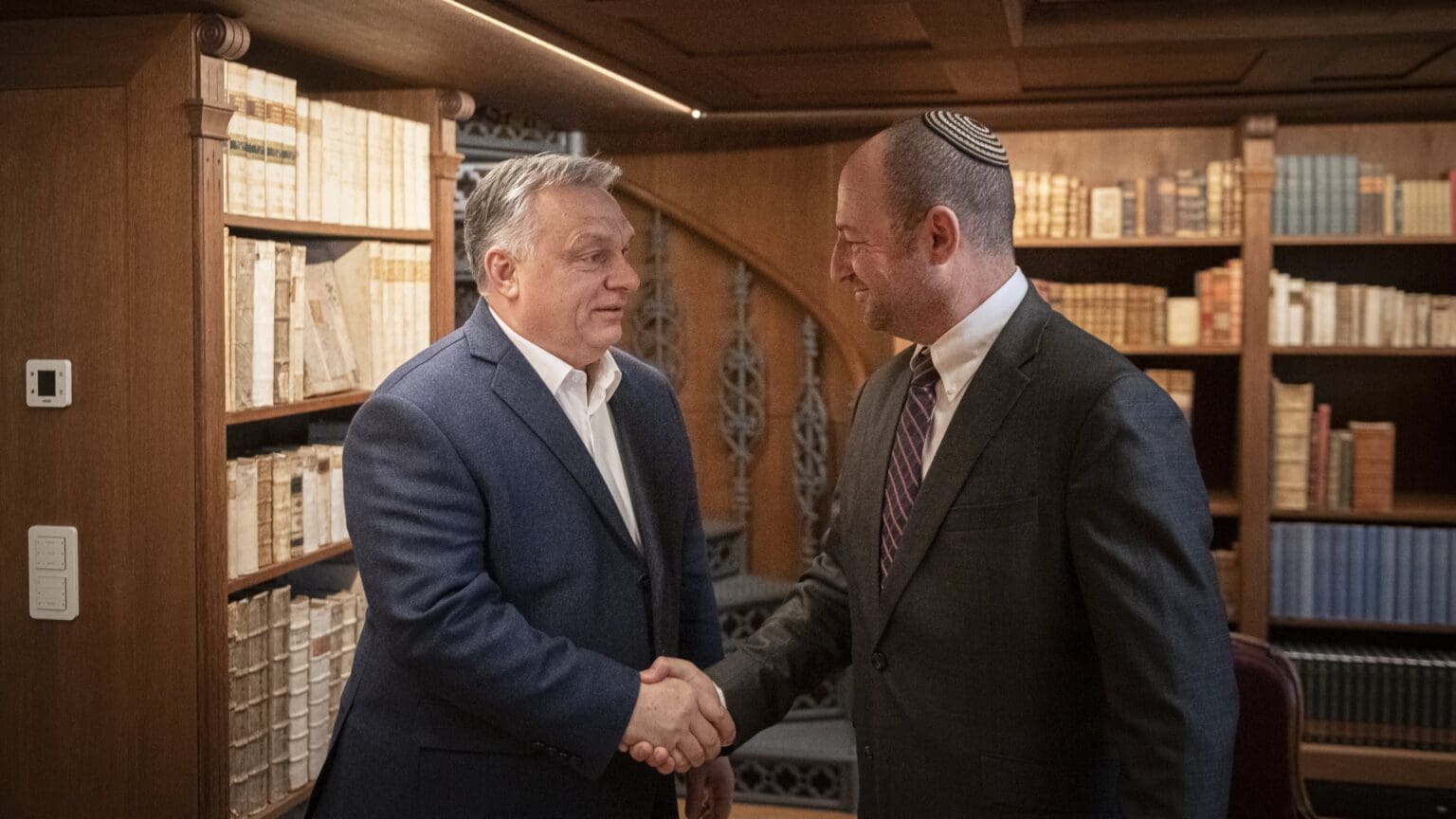
In a February episode of the Reflections from Budapest podcast the Director-General of the Tikvah Fund highlighted the neo-Marxist narrative in the West which holds that ‘weak is just’, and since the Palestinians are presented as weak, Israel is portrayed as their oppressor.